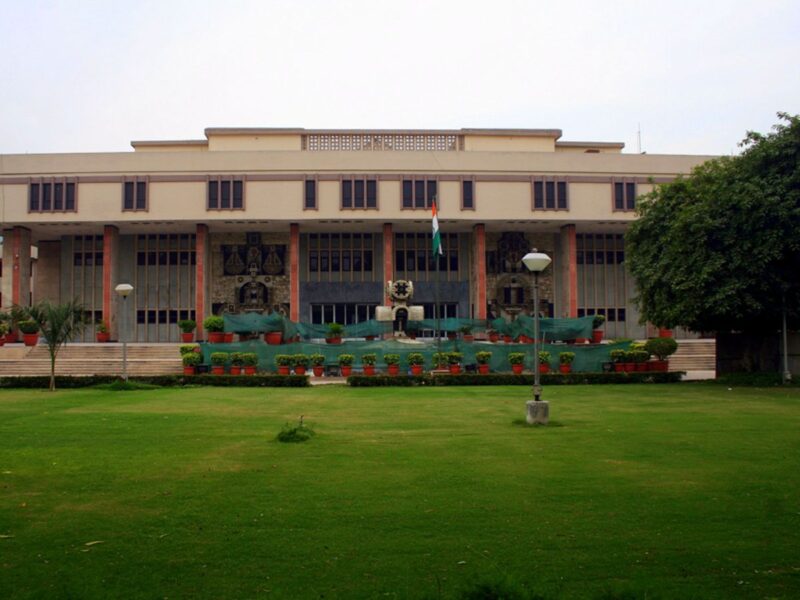In Juan Rulfo’s 1955 Mexican novel Pedro Paramo, the protagonist Juan Preciado embarks on a quest to find his estranged father in the fictional town of Comala. To his surprise, he discovers that Comala is a town inhabited by the dead and his father, Pedro Paramo, died many years ago. The ghost town echoes with murmurs and voices that fill an otherwise empty space, each with a story to tell.
The dreamlike novel, which the Colombian writer Gabriel Garcia Marquez had memorised and also influenced his celebrated book One Hundred Years of Solitude, became a foundational work of magical realism and non-linear storytelling in Latin American literature.
Upon entering an abandoned building in Delhi’s Okhla to watch the play The Money Opera by director Amitesh Grover, this correspondent felt as if he had entered Grover’s very own Comala, where the characters were breathing with life and stories to tell.
Written by Sarah Mariam and commissioned by Serendipity Arts Foundation, The Money Opera is special in many ways. It is what Grover calls an “immersive theatre experience,” where the audience holds the power to choose the performance they desire to watch. The play is also a political statement, a multi-layered critique of capitalism, where the story of each character has money as an underlying factor.
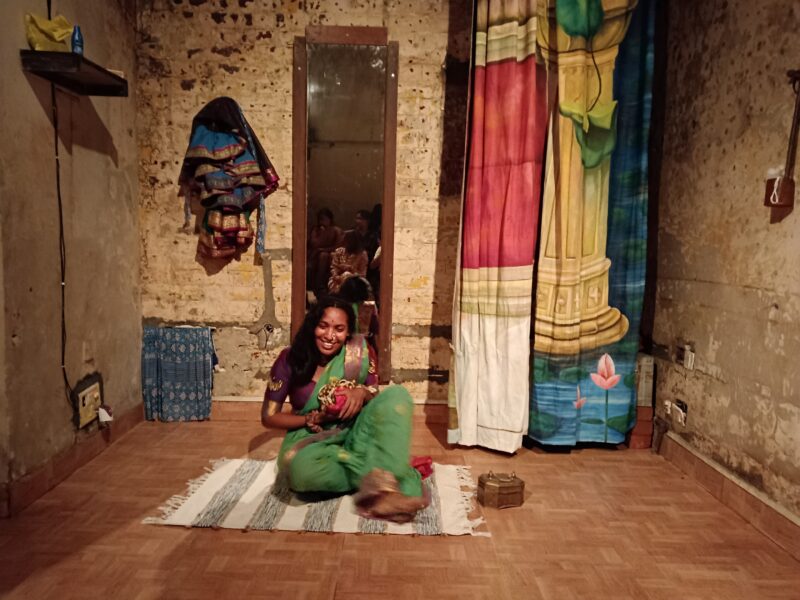
It takes place in ‘The Unnamed Building’ where every performance unfolds simultaneously within the decrepit walls of each room. The characters blend in with the crowd, and lure them to walk into the lived spaces of their world, where they tell stories of survival and triumph.
The audience can chase after the characters, enjoy wordless scenes, or linger alone in their room, reading letters and listening to songs.
The show, according to Grover, is directed in a way that several possibilities of viewing and experiencing emerge for the audience.
“There are several characters in the building who tell stories, but there isn’t a ‘totalising’ narrative in the show,” he says.
“There is an inner absurdity to this world. I want the audience to find the characters in the building familiar, before it all becomes unfamiliar, macabre, alien, and eerie.”
Bewildering tales of despair, tenderness, greed, desire, dreams, and defeat are performed against the assault of money, which dictates the life of each individual. The characters inhabiting the building come from varied spectrums of socio-cultural backgrounds and feature a mix of professional actors and real-life performers.
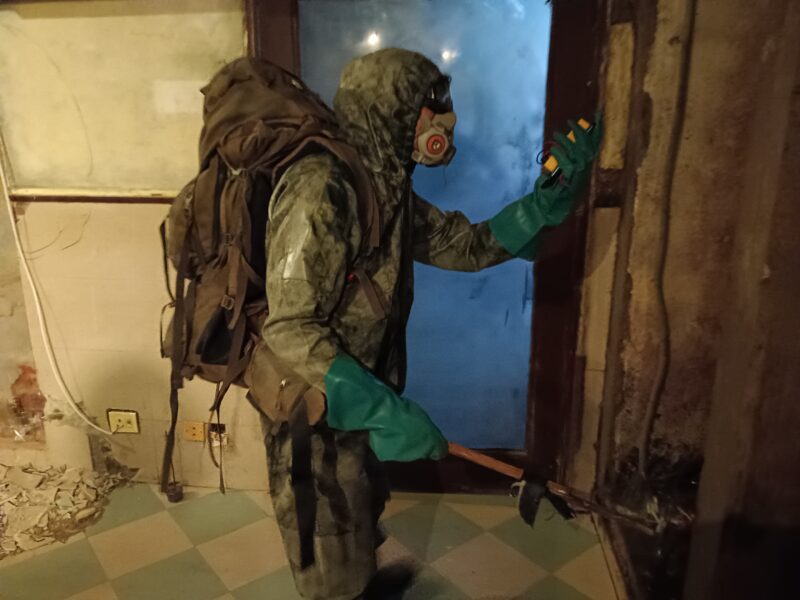
In one of the rooms, there is a young girl who dreams of becoming a lavani dancer. In the dilapidated room, the young girl laments about her dreams and desires, which could never be fulfilled. The audience is immersed in the young girl’s story. Yet, they are distracted by the wails of a child goddess coming from a nearby room.
The child goddess is capable of filling a lake with silver coins whenever she cries. For this, she is worshipped by people around her. But as they are encapsulated by greed, the goddess is tortured to cry more and make more money. The performance ends – in a cycle – as the goddess exits her assigned room and resigns herself to cry outside.
In a room just beside her, an oceanographer is unravelling a new marine species that has learned to survive in a toxic ecosystem. Upstairs, there is a queer person dancing to embrace their identity.
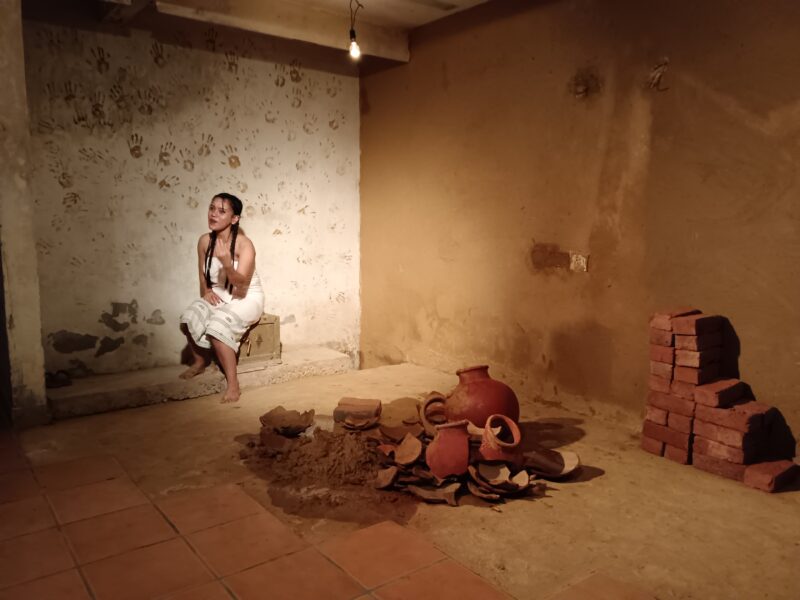
The building itself has a history of its own. A chair is empty where the landlord of the building would sit at night. There are portraits dotted along the walls, photographs kept in a corner, letters, objects, files that the audience encounters to build up a story on what happened to the building.
“Sarah (Mariam) writes a fictionalised account of the building’s history into the story of a central character, the landlord. Who lived here? Where did they go? Who occupies the abandoned building now?” Grover asks.
“The abandoned building is the site of misfits, fugitives, people who have run away, been abandoned, or those who have outsmart the system. All of them are talking about a world both familiar and extremely unfamiliar.”
For Grover, it is important to introduce new characters as the show grows and travels across the cities. “I like building a complex universe in my work — like a symphony — creating a layered world where new stories emerge,” he says.
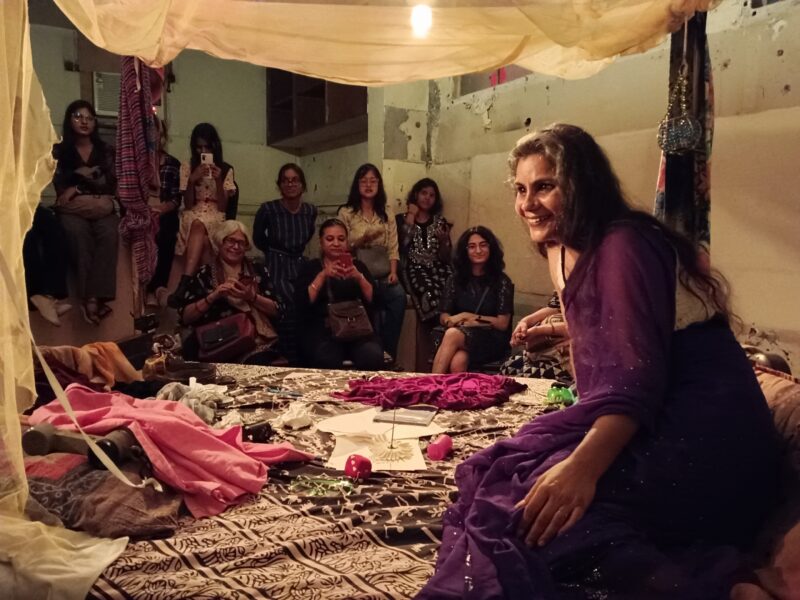
For instance, in the Delhi edition, there is a real-life palmist who talks about money in your hands, a cleaner who works at a post-apocalyptic site for daily wages, and a real-life cosmetic consultant talking about the idea of “surgical beauty”.
Speaking about the site in Okhla, Grover says, “When I first visited the abandoned building in Okhla with Serendipity Arts Foundation, it had the quality of being in a reverie — some parts of it were rotting, other parts seemed to flourish.”
If the whispers of the audience in Delhi were any indication about how the play was received, they were taken back by its dreamlike set design and its unusual way of storytelling that defies convention.
The confusion and the excitement were palpable. Creepy, some of them said. Some called it a unique experience.
“This play — of knowing where you are, but never being able to locate it — is at the core of The Money Opera,” Grover says.




